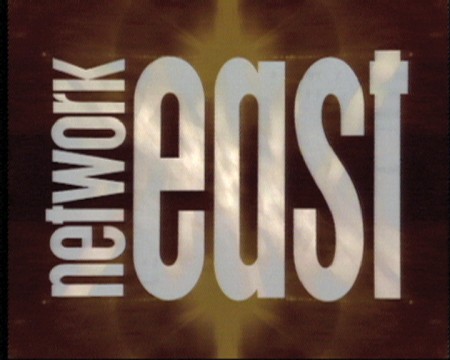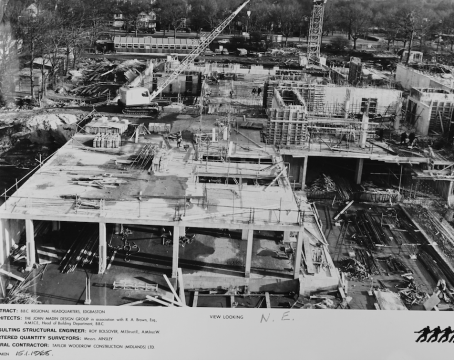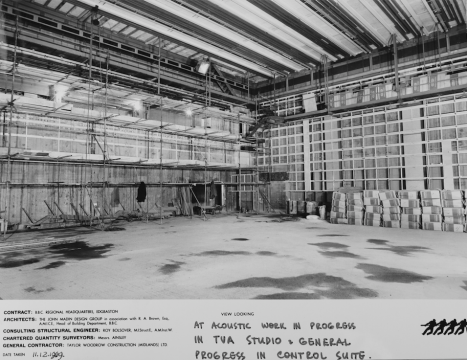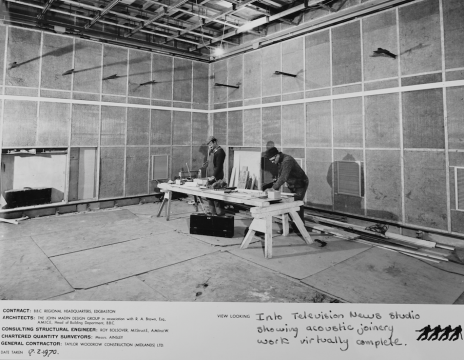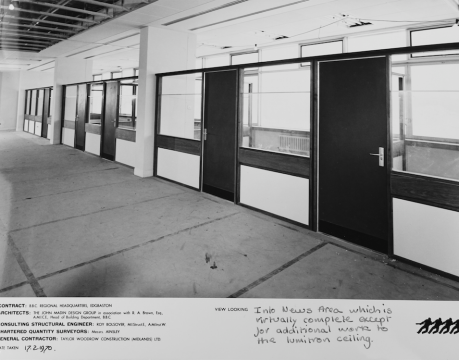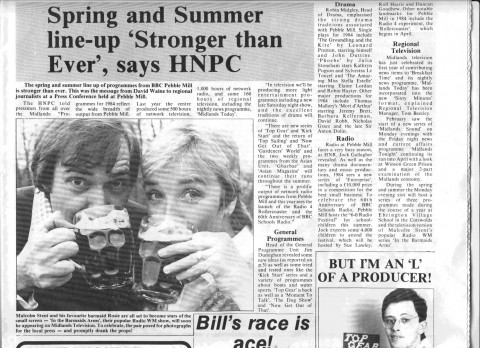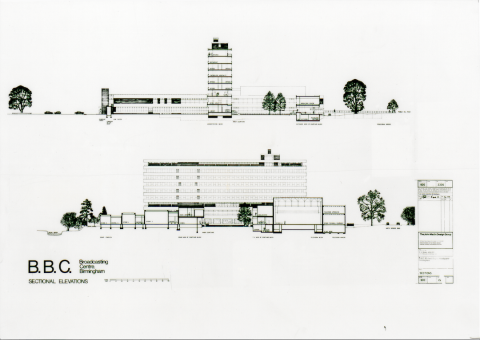Copyright resides with the original holder, no reproduction without permission.
Netw0rk East was an Asian magazine show dating from the late 1980s and 1990s it included a mix of dance, music and other items about British Asian life. It had various presenters including Mo Dutta, Sonia Doel, Sanjeev Kohli, Rajesh Mirchandani and Shyama Perera. Narendhra Morar was the series editor in the late 1980s, with John Wilcox being the Executive Producer.
Thanks to Ian Collins for making this title grab available.
The following comments were left on the Pebble Mill Facebook Page:
Lynn Cullimore: ‘I worked in that department with Narendra! I remember it well. Mainly because everyone in that department shared everthing – if they went to the canteen for a Kit Kat it was shared amongst us all. I particularly remember the music programmes as the artists had no idea of timing and just played on and on until we had to just cut in and stop it! So funny. Oh happy days.’
Victoria Trow: ‘Narendra Morar was Series Producer. Lots of talented people covered not only music but all kinds of topics of interest to the Asian Community. I was asst editor on The Bollywood Story (never repeated I fear because of copyright issues, clearances were hell) and also a researcher on a lovely piece about a group of Sikhs who had fought in WW2 going to Belgium for a commemoration of their fathers & uncles who had fought in WW1. Great days.’
Ruth Barretto: ‘Paresh Solanki also worked on the programme when Narendra left. It was one of the best departments I ever worked in. It was like one big happy family. I worked on it when Sonia Sangha (Deol) and Sanjeev Kohli were the presenters. Real fun times.’
Peter Poole: ‘I worked on it many times in Studio B. Studio links, interviews and music were recorded. For larger music recordings Studio A was used. In the 1990’s the programme featured contemporary Asian pop music.’
